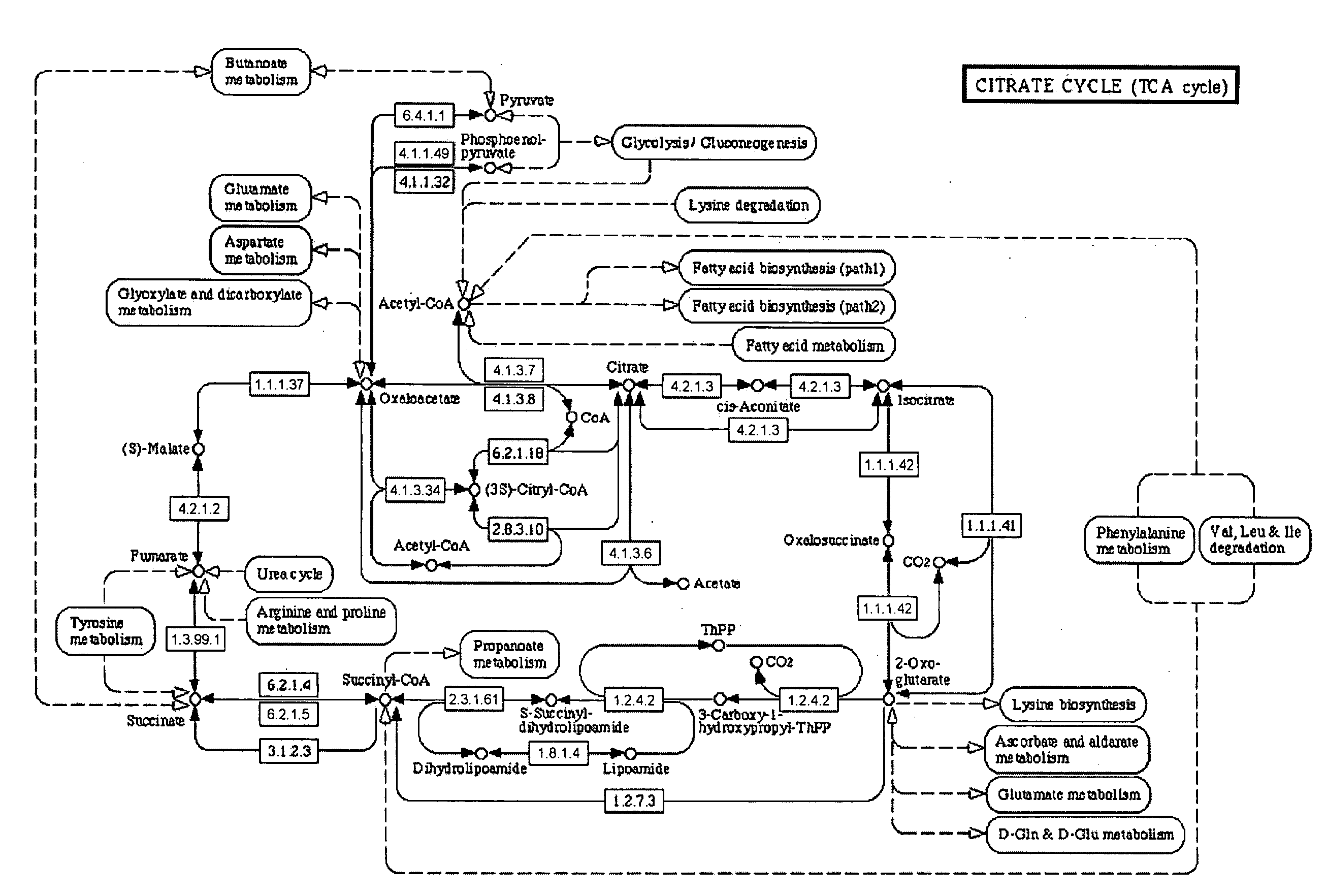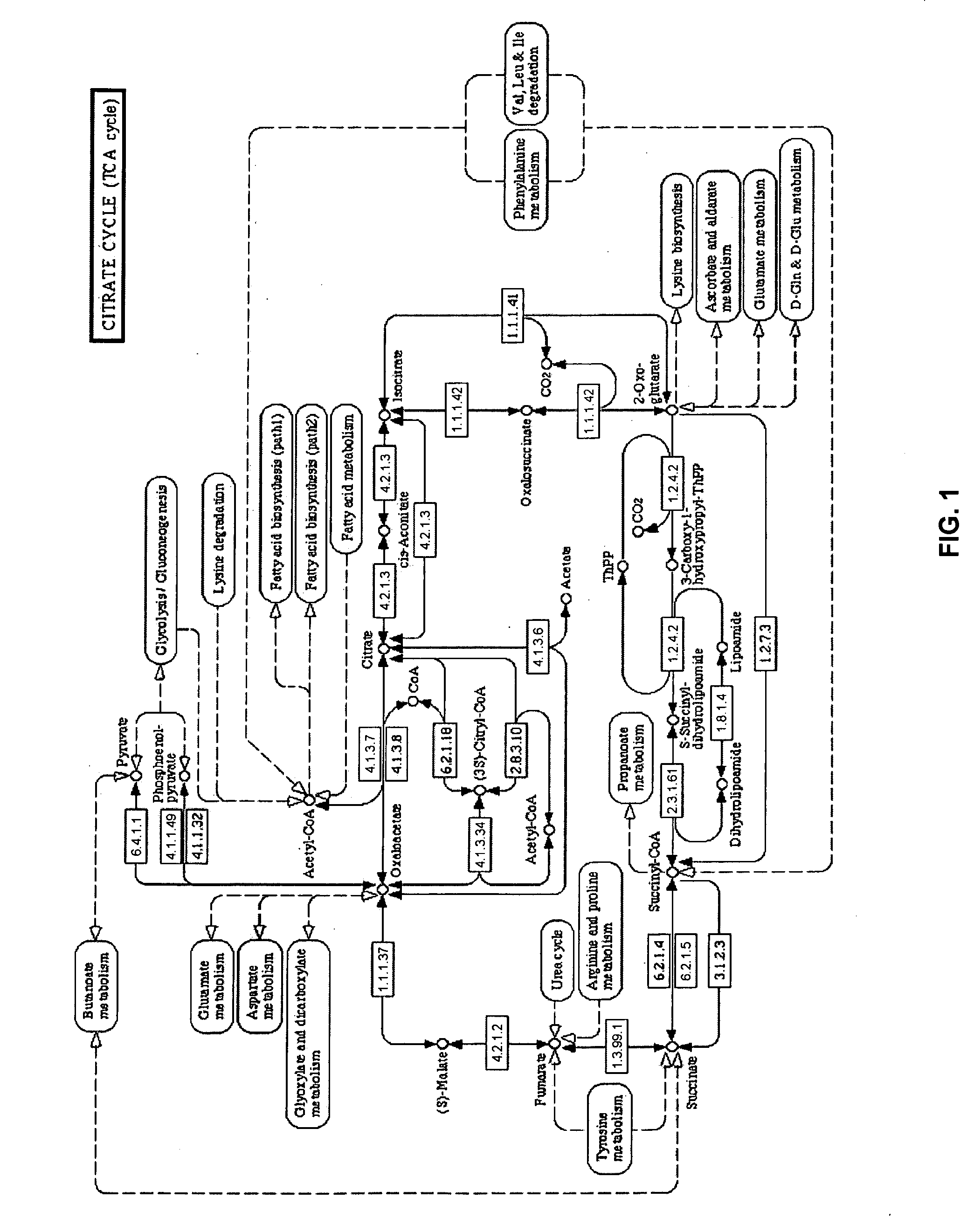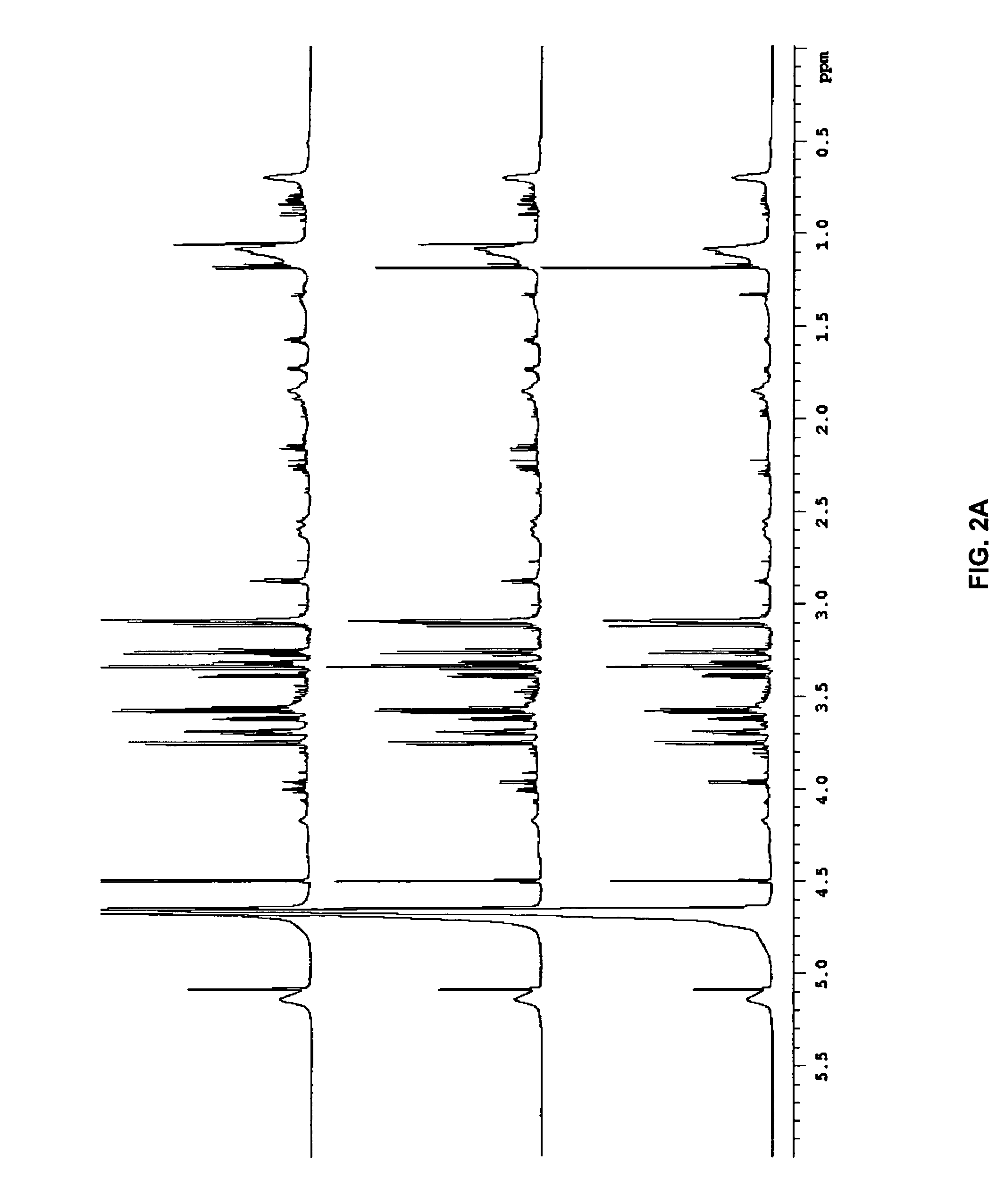Noninvasive Measurement and Identification of Biomarkers in Disease State
a biomarker and non-invasive technology, applied in the field of identification of disease states, can solve the problems of not providing comprehensive information about biomarker profile changes, overwhelming the ability to rapidly and efficiently determine disease states, and increasing pharmaceutical research and development expenditures are not sustainable, so as to achieve rapid measurement of early ons
- Summary
- Abstract
- Description
- Claims
- Application Information
AI Technical Summary
Benefits of technology
Problems solved by technology
Method used
Image
Examples
Embodiment Construction
[0048]“Disease state” broadly refers to whether an individual is positive or negative for a pathogenic condition. In an aspect, disease state refers to specific disease types such as cachexia, as well as whether the disease has a viral or bacterial origin. “Disease progression” is a specific aspect of disease state that particularly refers to the time-course or progression of the disease state. Treatment regimes can be more specifically tailored depending on whether the disease state is in its early (e.g., “onset”) stages or later (e.g., “recovery”) stages.
[0049]“Biological sample” refers to isolation of tissue and / or fluid from a subject that is being tested for a disease state. Any biological sample can be used by the present invention, so long as the sample contains the biomarkers for the disease state being tested, such as blood, blood components, urine, saliva or breath. Preferred biological samples include blood or blood plasma.
[0050]“Biomarker” refers to biological compounds ...
PUM
| Property | Measurement | Unit |
|---|---|---|
| time | aaaaa | aaaaa |
| time | aaaaa | aaaaa |
| time | aaaaa | aaaaa |
Abstract
Description
Claims
Application Information
 Login to View More
Login to View More - R&D
- Intellectual Property
- Life Sciences
- Materials
- Tech Scout
- Unparalleled Data Quality
- Higher Quality Content
- 60% Fewer Hallucinations
Browse by: Latest US Patents, China's latest patents, Technical Efficacy Thesaurus, Application Domain, Technology Topic, Popular Technical Reports.
© 2025 PatSnap. All rights reserved.Legal|Privacy policy|Modern Slavery Act Transparency Statement|Sitemap|About US| Contact US: help@patsnap.com



